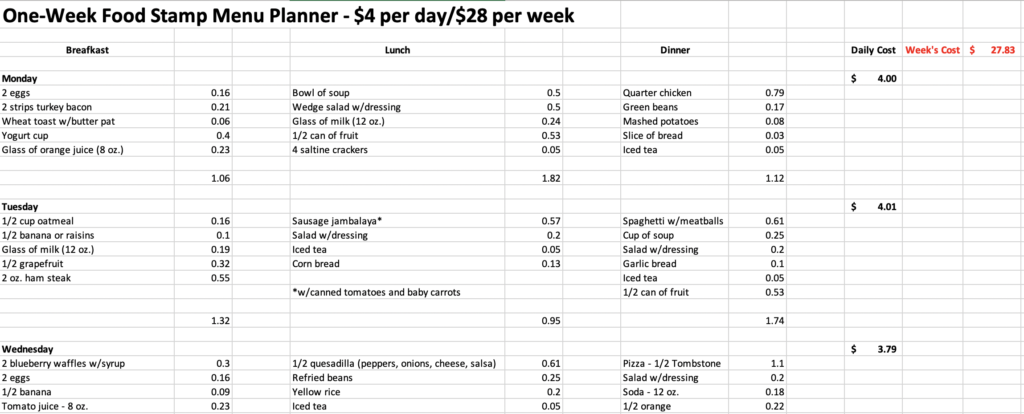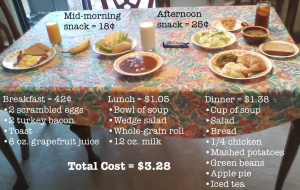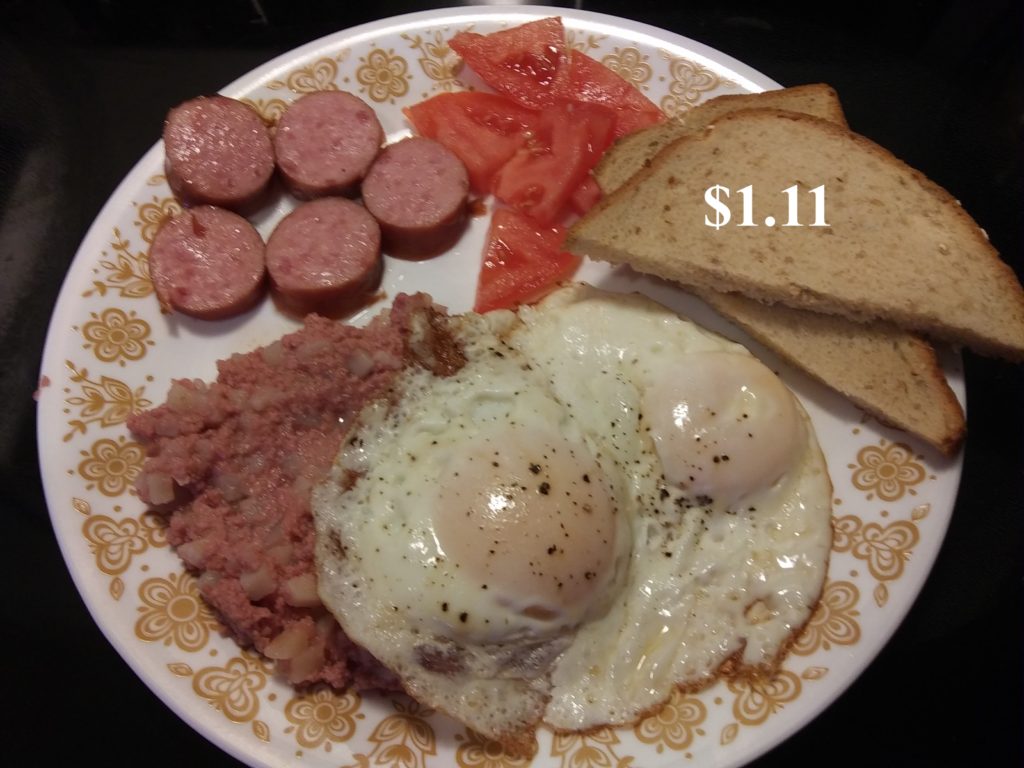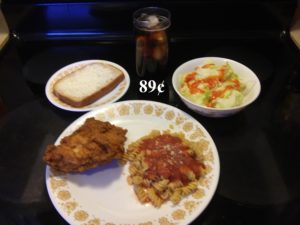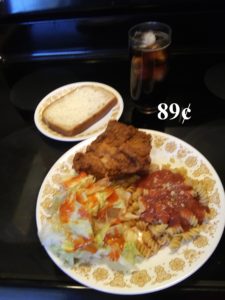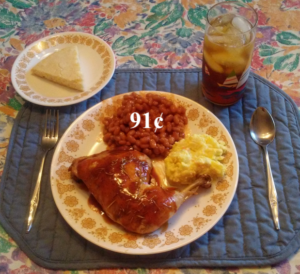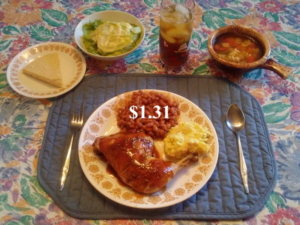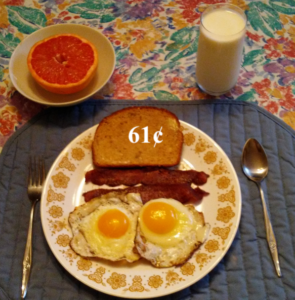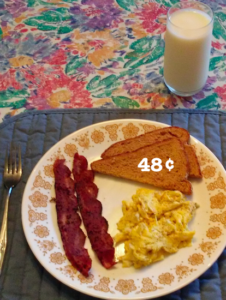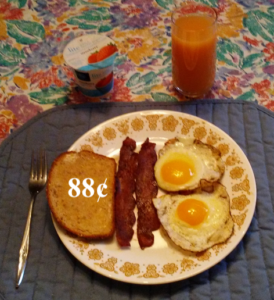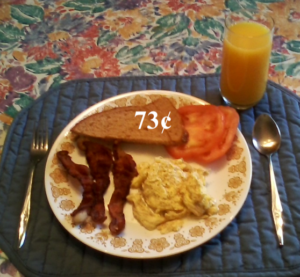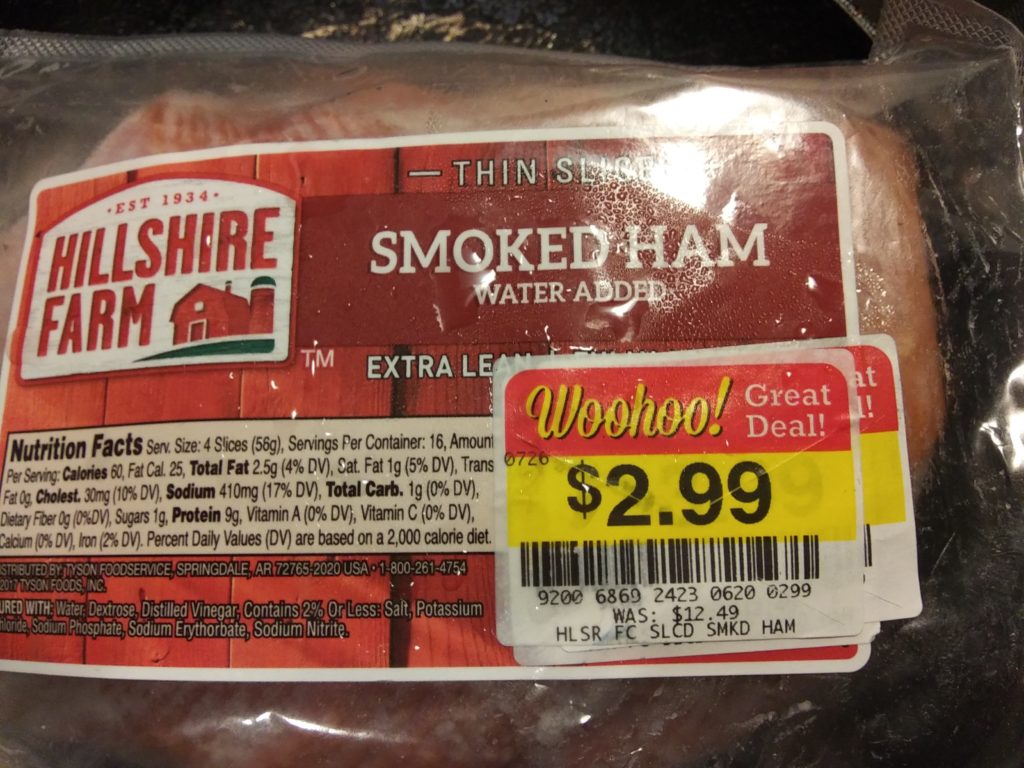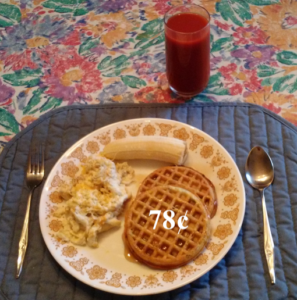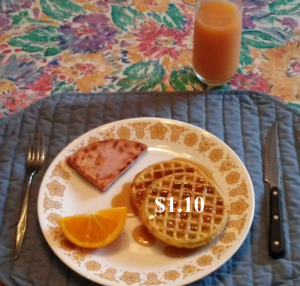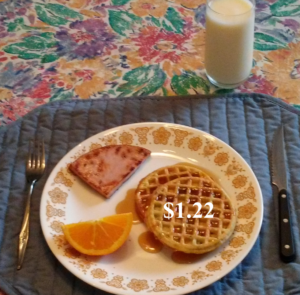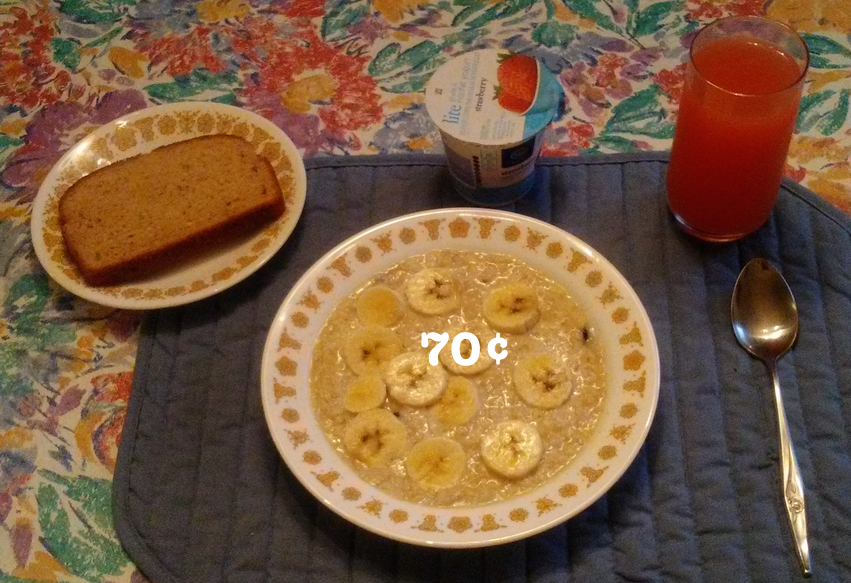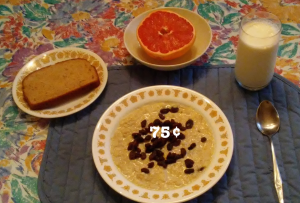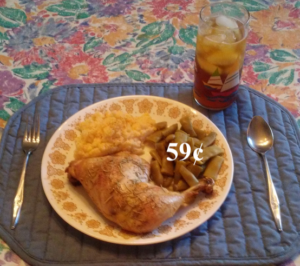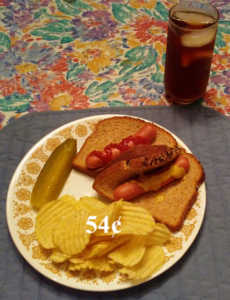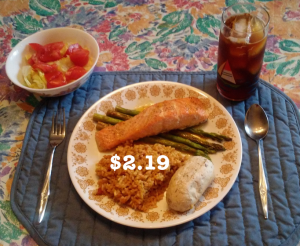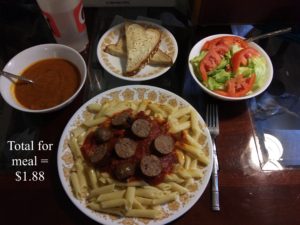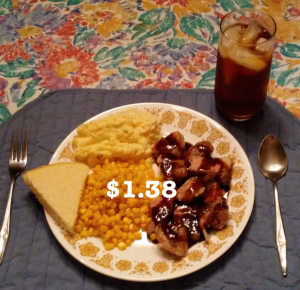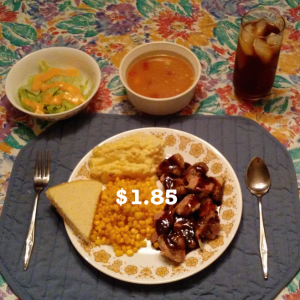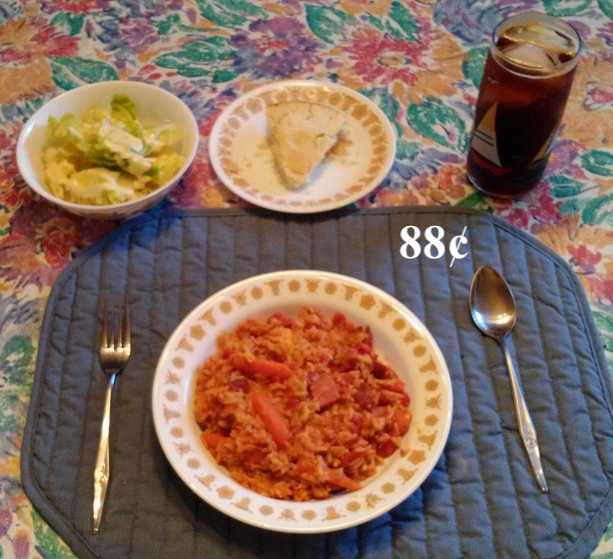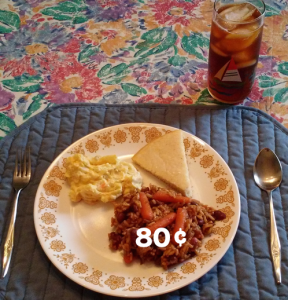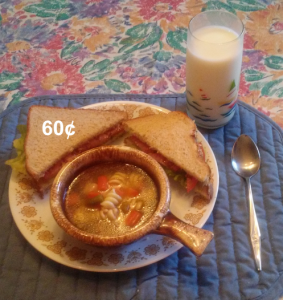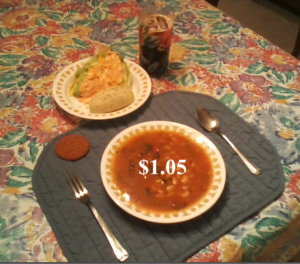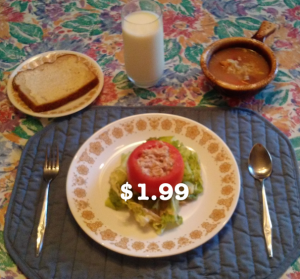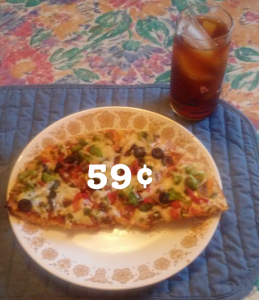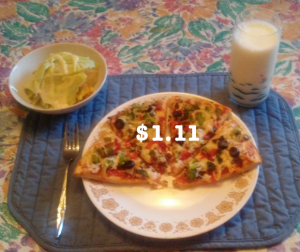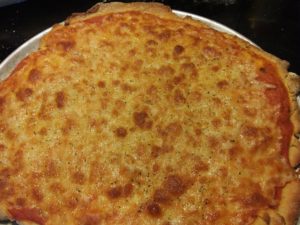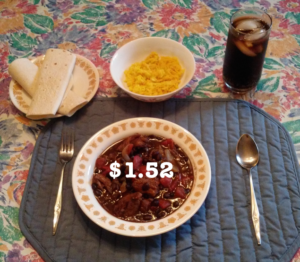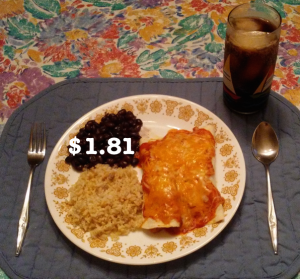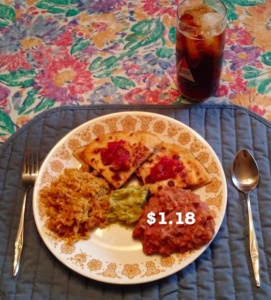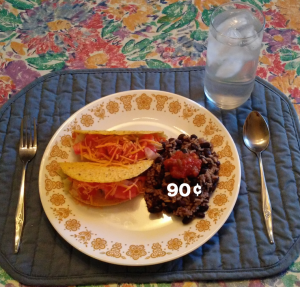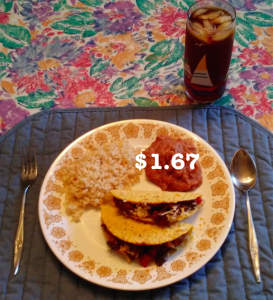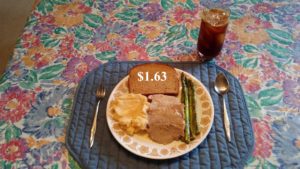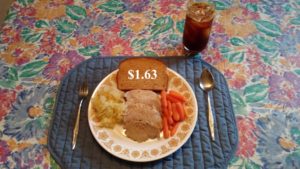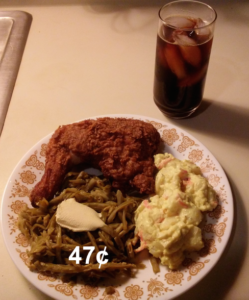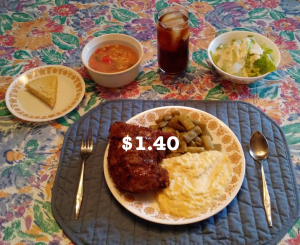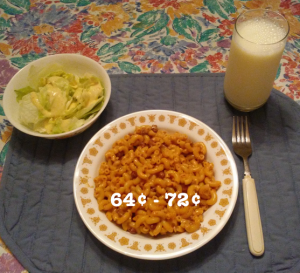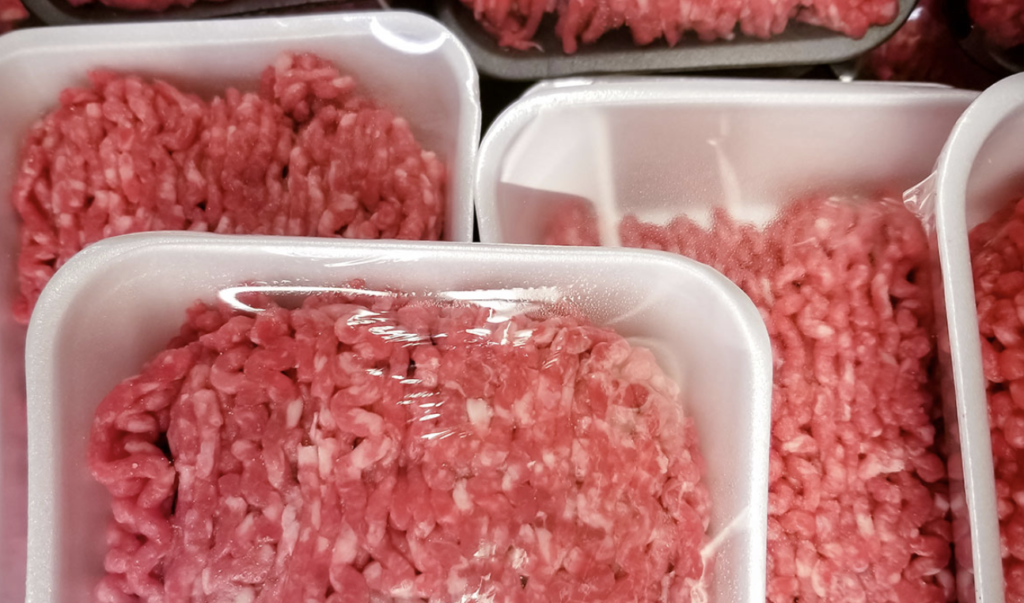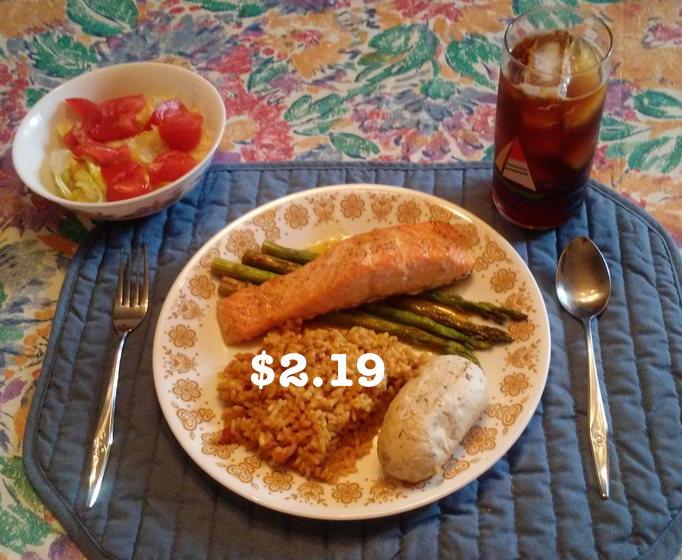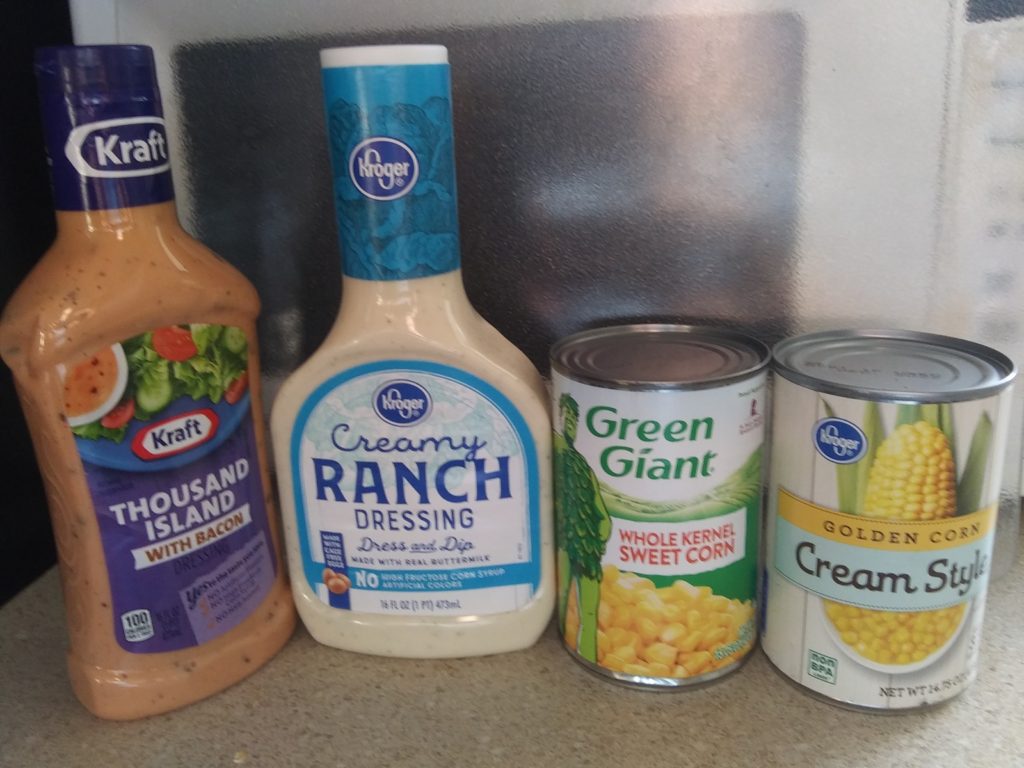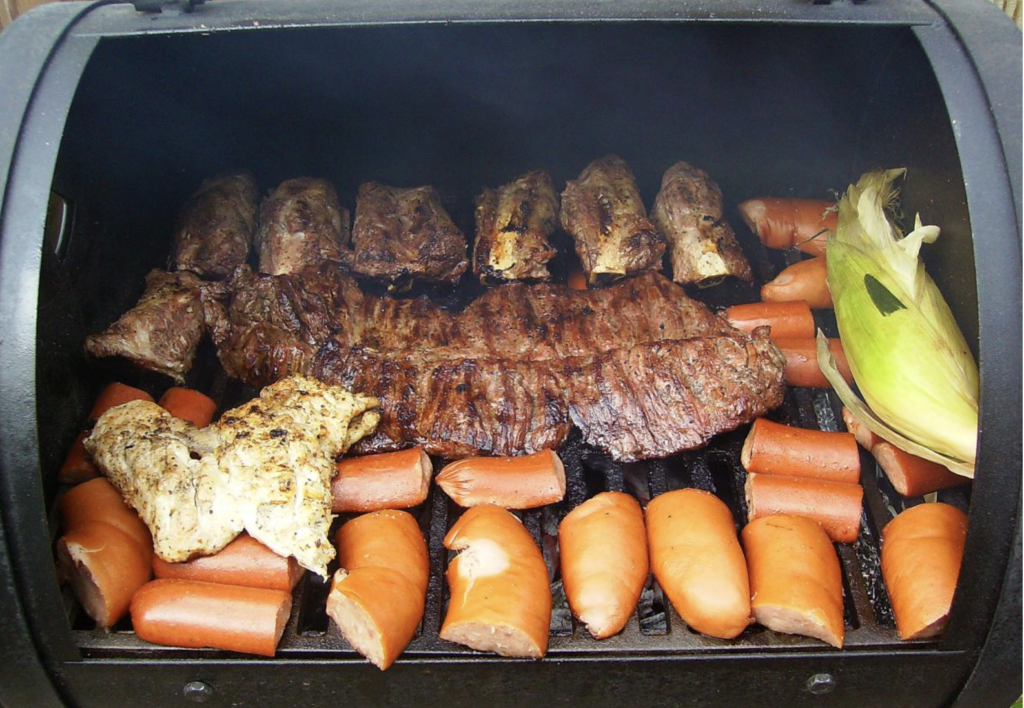According to the Urban Institute, “The SNAP benefit does not cover the cost of a low-income meal in 99 percent of U.S. continental counties and DC.”
Horse sh*t.
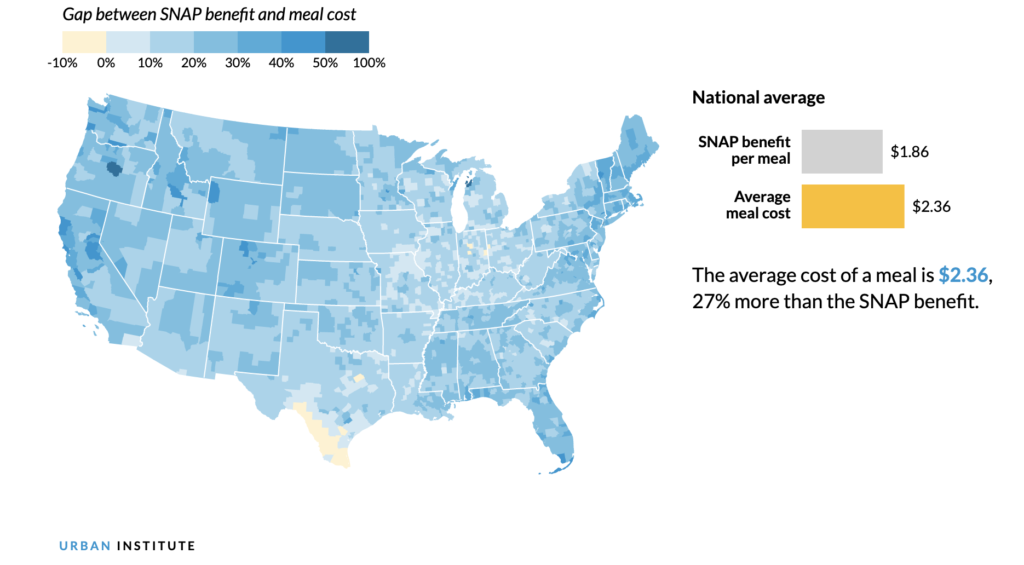
Do you know how they calculated the average cost of a meal?
“We … ask people to estimate the amount they spend on food each week.”
Are you kidding me? This group is criminally reckless.
Don’t cry wolf to lawmakers
They are pressuring lawmakers to increase food stamp funding based on the fact that Americans – who this website has shown don’t know basic grocery shopping methods – are spending an average of $2.36 per meal, or more than $7 per day on food.
THIS is why working-class Americans should pay higher taxes? Because the Urban Institute doesn’t want to teach SNAP recipients how to get more groceries for their food stamps – they just want to give them more money?
The Urban Institute is telling people that food stamps cover $1.86 per meal, but that Americans need $2.36 per meal. Therefore, the big, bad government is cheating the poor and needs to raise taxes on single working mothers to make sure Americans who by brand-name and convenience foods don’t have to learn how to grocery shop.
As FoodStampChallenge.com shows, you can make endless meals for less than $1. Some for as little as 50¢.
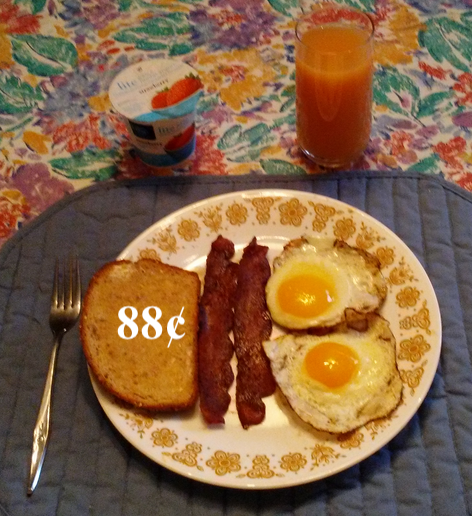
“Healthy” eating is a key excuse for raising taxes
Of course, the Urban Institute and others will point out that this site’s meals aren’t “healthy” – but did they ask their survey participants if they were eating healthy?
Did they ask Americans if, once they receive SNAP benefits, they will stop eating pizza, hot dogs, peanut butter and jelly, soda and spaghetti?
Did you know that the #1 purchase made by Americans using food stamps is … soft drinks? Does the Urban Institute count that towards its $2.36 meal figure? If so, then they can’t turn around and disqualify this website’s meal prices.
Is the Urban Institute using the code words “fresh fruits and vegetables” when they should know that frozen and canned vegetables are just as nutritious (probably more, since freezing retains more nutrients) as fresh?
Then why use the code words, “fresh fruits and vegetables?” Because it means more SNAP funding.

In fairness, many food advocates are ignorant, woke do-gooders who haven’t done their homework and actually believe that spending more money on fresh fruits and vegetables (which means you get half the amount of fruits and vegetables) is necessary.
It’s time to bring back home ec
We need to re-introduce home ec to high school curricula. We do NOT need organizations like the Urban Institute misleading the public, media and lawmakers into arguing about whether or not we need to raise food stamp allotments.
And by the way, SNAP stands for SUPPLEMENTAL Nutrition Assistance Program. Food stamp recipients are supposed to be using some of their own money for their food.
Doesn’t is make more sense to teach people how to get more food for less money, rather than simply giving them more money to buy $1.25 cans of Green Giant corn vs. 49¢ generic cans of corn?
And how many people who don’t qualify for food stamps are struggling to eat? Everyone benefits if we teach Americans how to smart-shop and cook their own meals.
But this won’t happen if food advocates continue to tell us that the solution is for the big, bad U.S. government to increase SNAP spending.
Republicans and Democrats will agree on this
Because Republicans oppose increasing food stamp spending, helping people get by on what they currently have by teaching them home ec would be a program Republicans would join Democrats in enacting.
The SNAP allotment in Georgia is $6.70 cents per day. You can eat three filling meals per day for half that if you smart-shop. Spending your entire $6.70, you can have beef and fish several times weekly.
It’s time to stop throwing money at this problem.
We need to teach Americans how to grocery shop and cook basic meals.
